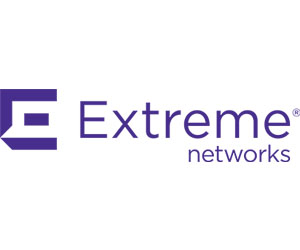“IT administrators wear so many hats. There are more devices running on the network today than ever before,” says Sarah Bryant, K–12 education specialist at Extreme Networks. “On top of the day-to-day tasks and activities, they are now bombarded with the Internet of Things. The network now controls Power over Ethernet lighting systems, HALO vape sensors, gunfire detection technology and even the HVAC, to name a few. That all falls on the IT staff, so that workload has never been bigger than it is today.” In addition, districts are contending with network needs outside the building, from parking lot Wi-Fi access for quarantined students to hybrid teaching needs.
Bryant says progress takes “time and money,” and improvements can be slow to implement as districts decide how to prioritize necessary upgrades.
The Pressure to Stay Connected
What do we lose if a district’s network infrastructure isn’t strong enough to stay connected? Teachers rely on a strong connection in their lesson planning, and they lose valuable instructional time if they have to stop to troubleshoot connection issues or wait for an understaffed and overworked IT team to respond.
WATCH NOW: Learn how one district innovated on a small budget with limited staff.
Online testing, which carries strict regulations from the state, is a primary connectivity concern, Bryant says. “Schools put a lot of time, energy and resources into online testing. If there are any outages or disturbances to the network, they run the risk of having to reschedule and do it all over again,” she says.
But testing details seem relatively insignificant in the shadow of emergency response platforms, such as automatic door locks and 911 emergency response systems. These pressures mean it’s time for new solutions.
Making Necessary Upgrades: The Future of K–12 Network Connection
IT teams can take specific steps to ensure they are adequately supporting all of K–12 schools’ needs in their districts, Bryant says. Some of the strategies require very little cost and effort; others need more, but will ensure radically improved performance.












